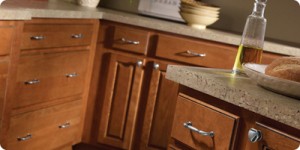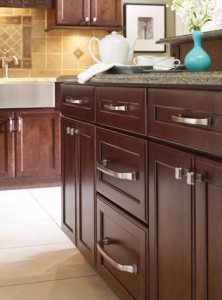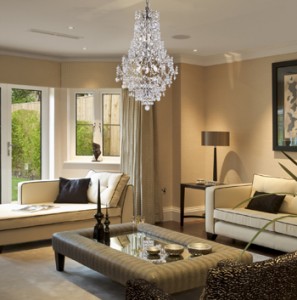 Measuring Cabinet Door Overlay
Measuring Cabinet Door Overlay
The cabinet door overlay is the distance that the cabinet door extends past the door opening in all four directions in order to cover it. Some cabinet doors show none of the cabinet frame, others will have a good amount of distance. However, this distance may not be exactly equal on all four sides. So in order to accurately measure this…
- Close the cabinet doors.
- Use a pencil to make a light mark on the cabinet frame using the edge of the door as your guide. Make sure you do this on the hinge side of the door. If you’d rather not use a pencil, a piece of tape will also work. Just make sure the tape is lined up well.
- Open the door and measure from the mark over to the edge of the face frame.
This measurement is normally in the range of 1/4″ to 1-1/2″, and anything significantly larger or smaller than that, then you are probably measuring the wrong part of the frame.

